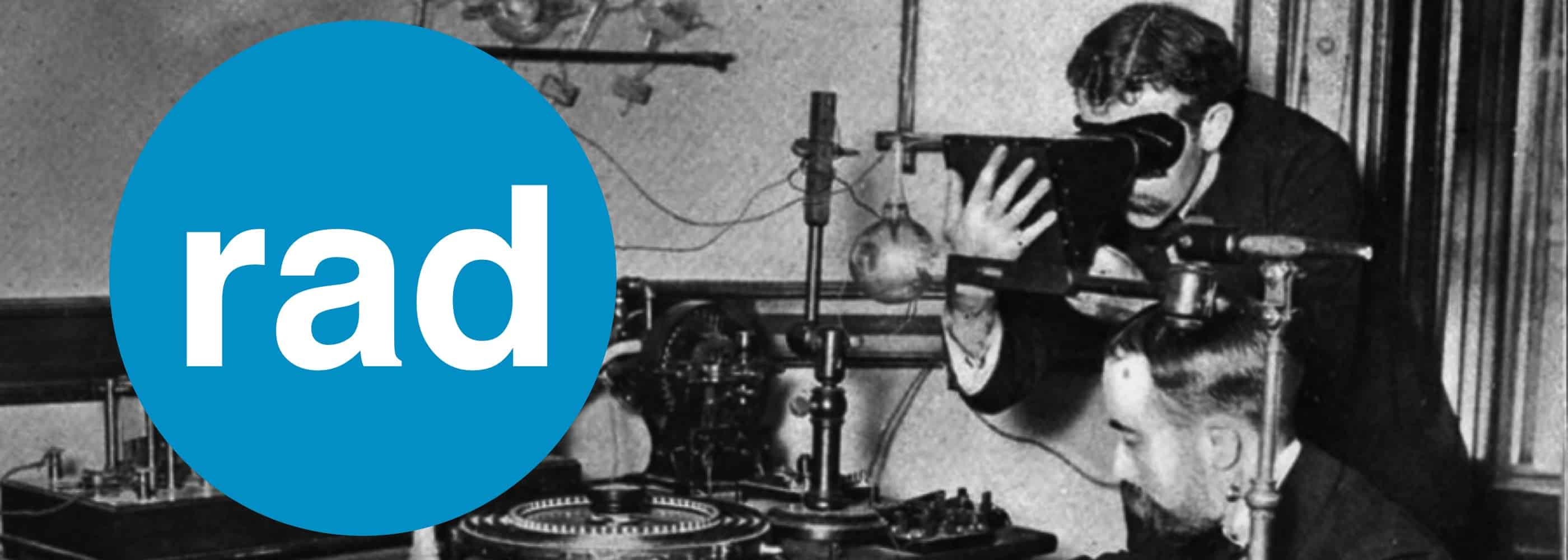[az_accordion_section] [accordion title=”History” id=”acc-1″]A 66yo man presented to the Emergency Department after falling down 3 steps.
He complained of shortness of breath.
Initial investigations showed bilateral pneumothoraces.
He had bilateral chest drains inserted and the patient reported that his breathing felt more comfortable after drain insertions.
However, he remained moderately tachypnoeic with a respiratory rate of 25.
No other injuries were found.
A few days later, both chest drains remained in situ, with a persistent air leak from the left chest drain.
This was investigated with a CT scan.
Why might there be an ongoing air leak?
What other pathology do you see?[/accordion] [accordion title=”Image” id=”acc-2″]
[/accordion] [accordion title=”Answer” id=”acc-3″]The right chest drain enters the 6th intercostal space, then heads apically.
There is a small residual pneumothorax on the right side.
The left chest drain enters the 2nd intercostal space anteriorly, then traverses a bulla into lung parenchyma.
This is why there is a persistent air leak on this side.
There is a small medial pneumothorax on the left side.
There is extensive subcutaneous emphysema over the entire thorax and extending up into the neck bilaterally.
No rib fractures can be seen.
There is severe bullous emphysematous change of the anterior 2/3 of both lung fields.
It is likely that the trauma caused rupture of bullae, creating bilateral pneumothoraces.
The chest drain insertion on the left has gone through the thin walled bulla creating an iatrogenic bronchopleural fistula.
The patient’s high resting respiratory rate may represent the classical “pink puffer” appearance of emphysema patients.[/accordion] [accordion title=”Resources” id=”acc-4″]
Radiopaedia review of emphysema
The opinion from our Cardiothoracic Surgeon colleagues about management of severe bullous emphysema
[/accordion] [/az_accordion_section]

























